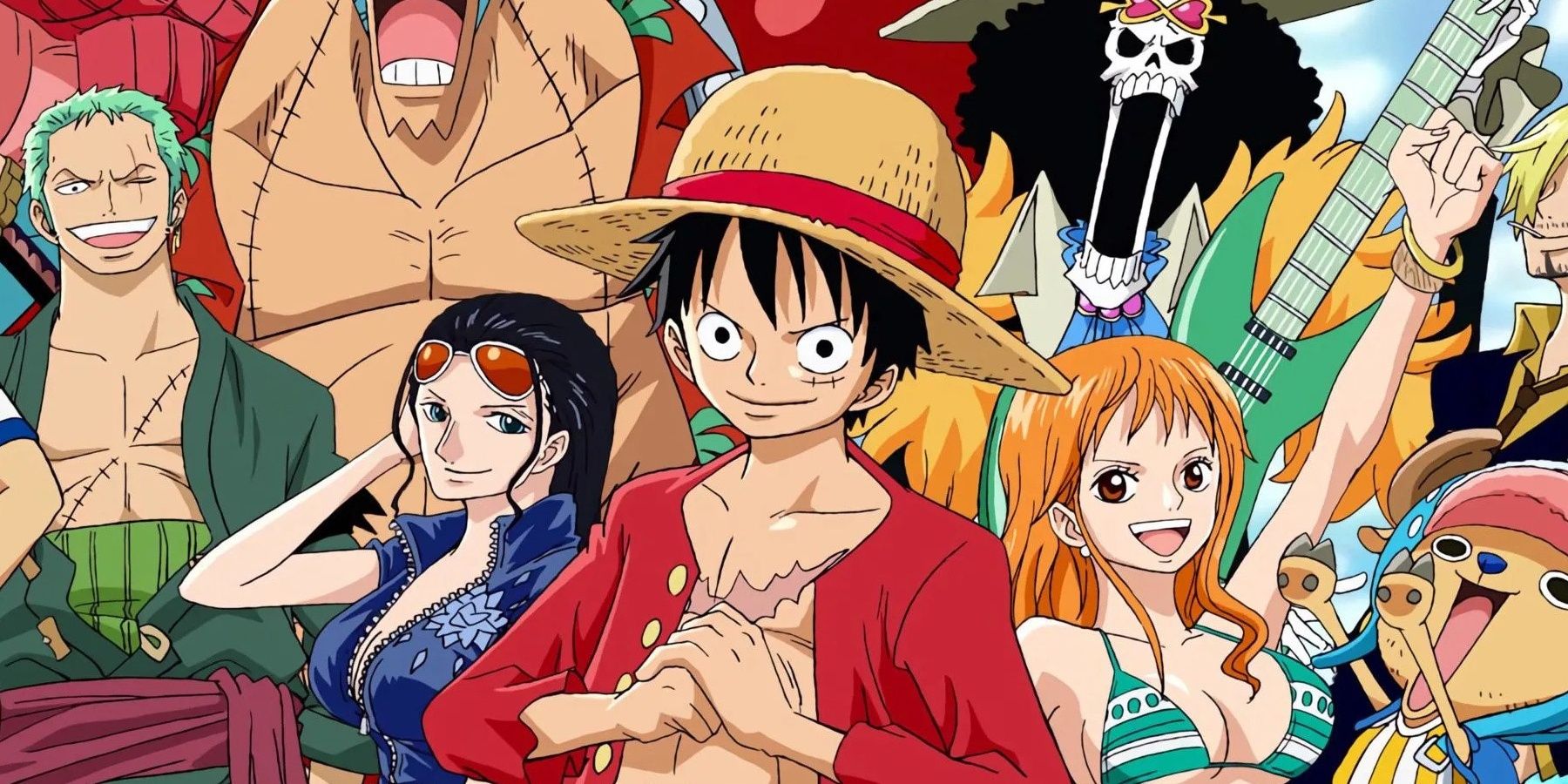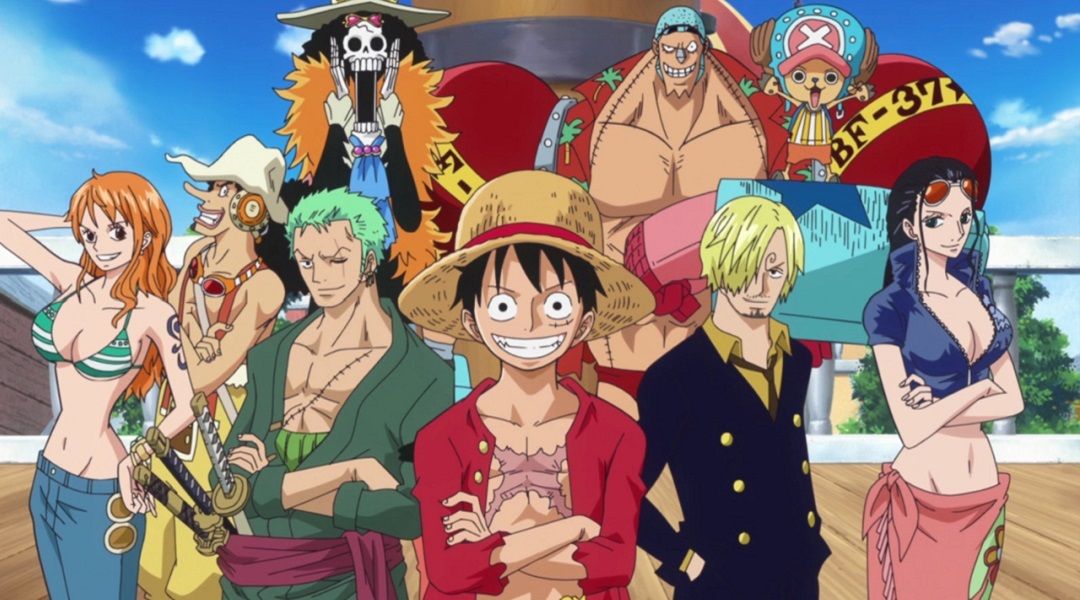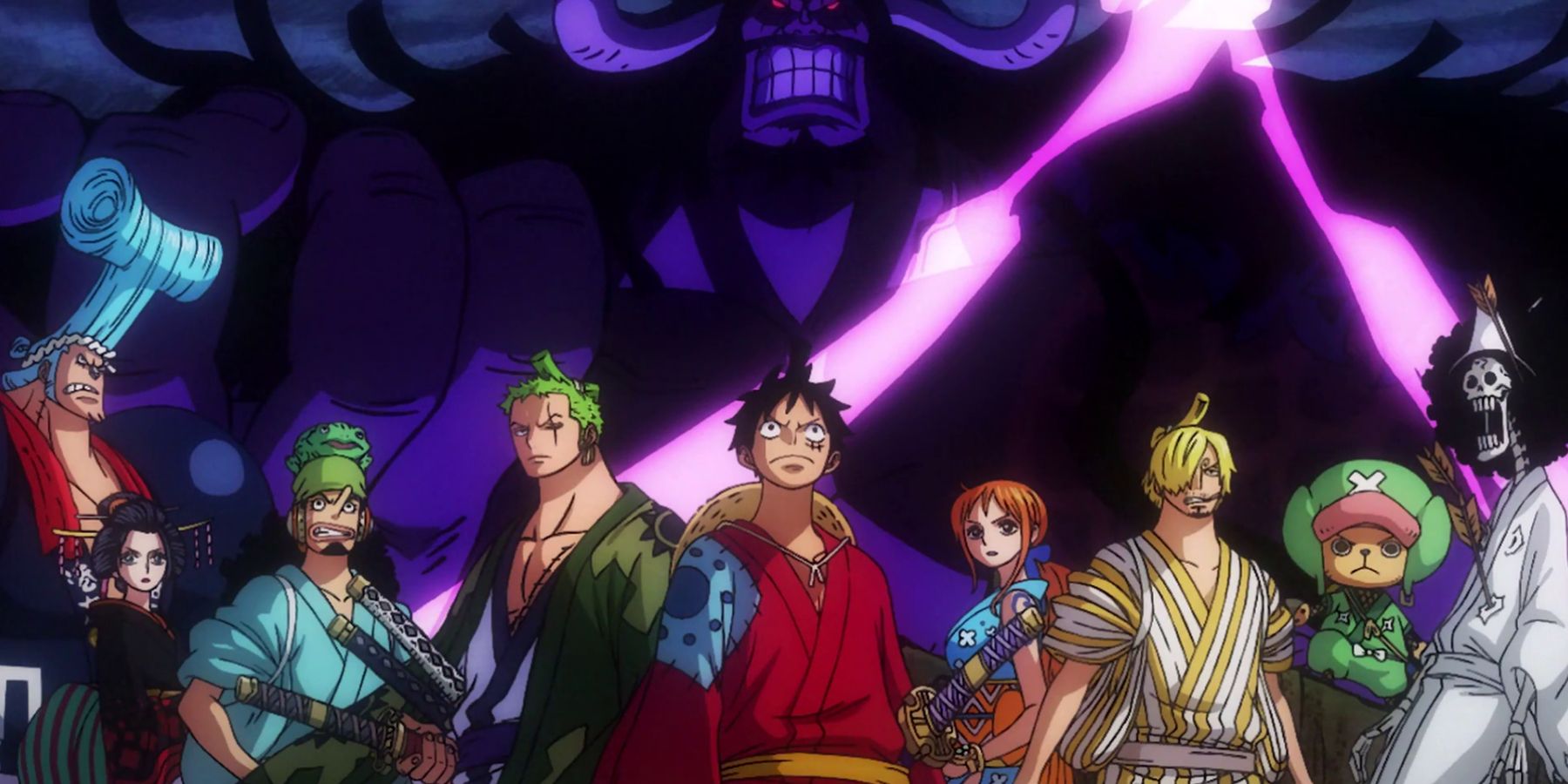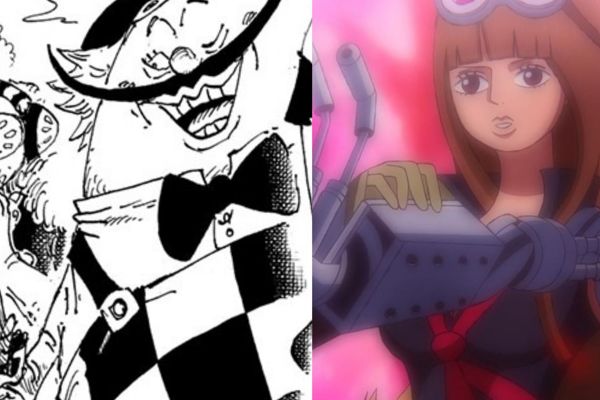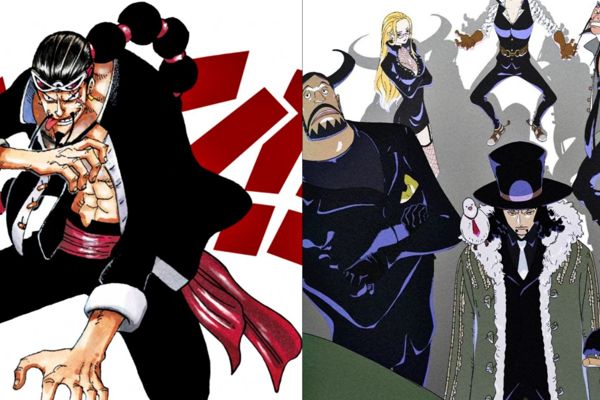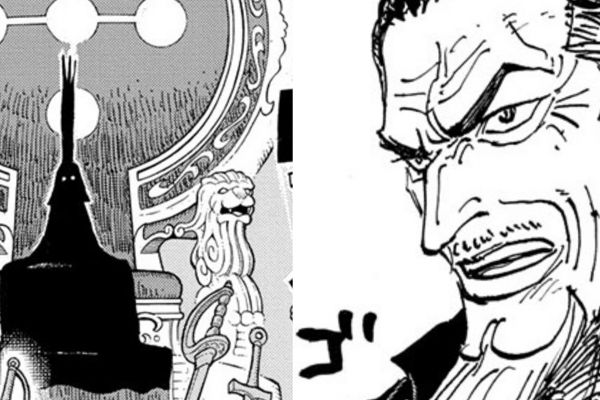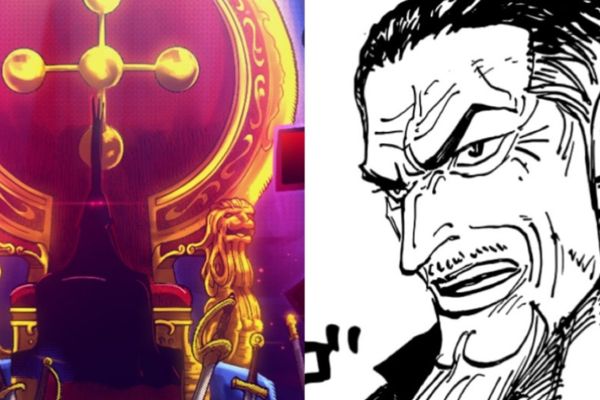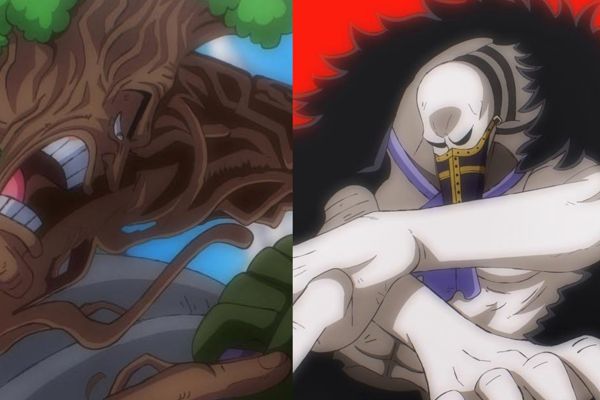
The Ultimate Guide to Ensuring One Piece Live Action Series Success

Hopes soar for Netflix's live-action One Piece to shatter past disappointments Discover what it takes for the series to triumph: capturing its essence, nailing absurd character designs, and skillfully condensing material within limited run time
Netflix's upcoming live action adaptation of One Piece has generated significant buzz, thanks to its highly anticipated trailer and extensive marketing campaign. With a substantial production budget and involvement from Eiichiro Oda, the creator of the manga series, expectations are soaring for this show to break the curse of disappointing live action anime adaptations.
Hollywood has a poor track record when it comes to bringing beloved anime and manga to the big screen, with only a few exceptions. This has left many skeptical about the success of Netflix's attempt. Previous adaptations like Death Note and Cowboy Bebop failed to capture the essence of the original series and deviated too far from the main storyline. However, the initial positive response to the trailer suggests that this retelling of One Piece may have the potential to do justice to the source material.
Nevertheless, adapting One Piece into a live action format is a formidable challenge, and the cast and crew must pay close attention to certain crucial elements in order to honor Oda's masterpiece.
Capturing The Essence Of The Series
One Piece stands out among other iconic shonen manga and anime due to its unique blend of humor, stylization, surrealism, and ability to navigate tonal shifts. The series is commended for seamlessly transitioning between lighthearted comedic moments and darker, more serious storylines that tackle mature themes. It is not uncommon for the narrative to swiftly switch from a character's tragic and poignant backstory, which may reference real-world issues reinterpreted for the One Piece universe, to a moment of juvenile humor.
While these tonal shifts may work well in the stylized mediums of anime and manga, they may prove challenging to translate into live-action, which tends to be more grounded in reality and less suited for the exaggerated antics of the series' vibrant cast of characters. This is particularly evident when it comes to the series' protagonist, Monkey D. Luffy, whose outwardly simple-minded and childlike nature belies a complex worldview and a keen understanding of warfare. Additionally, One Piece has garnered praise for its intricate world-building, which delves into entire nations and cultures based on real-world sources in a way that few fictional narratives have achieved. The level of detail present in each major setting and island showcased throughout the series would be a formidable task to replicate, particularly in a live-action adaptation.
Although the early stages of the narrative exhibit a slightly episodic quality, as the core members of the Straw Hat Pirates are introduced, this framework quickly transitions into a more cyclical structure in each storyline. Each arc within the tale, starting from the Alabasta Saga and the crew's entry into the Grand Line, unfolds gradually and methodically, providing character introductions, delving into their motivations, and navigating the intricate web of socio-political dynamics present in each scenario the main characters find themselves in. The seeds of this approach can be traced back to the Baratie and Syrup Village Arcs, and it is imperative for Netflix's adaptation to capture and embody the very essence of this narrative style.
Character Designs That Border On The Absurd
Capturing the essence of One Piece in a live-action adaptation poses a significant challenge, particularly in bringing to life the extravagant character designs. Eiichiro Oda's creations boast a playful disregard for conventional proportions and appearances. It is not uncommon for prominent characters to tower above average human heights, reaching towering figures of over nine or ten feet.
Characters like Crocodile, Axe Hand Morgan, Don Krieg, Arlong, and Gol D. Roger are much taller than the rest of the cast, especially when compared to characters with more realistic proportions like Luffy. This height difference becomes even more exaggerated in the second half of the series when the crew enters the New World. In anime, these exaggerated proportions can be easily reconciled by altering the sense of perspective in each scene. However, in a live action production, it is more challenging to make these interactions between characters look believable, as the camera angles and CGI need to be carefully adjusted.
Additionally, there are characters like Tony Tony Chopper and the members of the Arlong Pirates who are not human but are Fishmen. It will be difficult to find the right balance in the CGI for their character designs, ensuring that they fit the tone of the series while still being believable in a live action adaptation. The same challenge applies to characters like Buggy the Clown, whose extravagant makeup and cartoonish Devil Fruit powers will be extremely challenging to adapt. Luffy's rubber powers, such as the Gomu Gomu no Pistol, are also iconic and will be a crucial aspect of the live action adaptation. The production team must successfully capture the elasticity of Luffy's limbs on screen, no matter how outlandish they may seem.
Condensing Material Into A Limited Run Time
The length of One Piece poses a noticeable challenge in its adaptation. With over 26 years of publication and more than 1000 chapters, there is a vast amount of material to cover. While the East Blue Saga has relatively shorter arcs, later sagas like the Wano Country Arc span well over 100 chapters. As a result, significant changes to pacing and narrative structure will be necessary to condense the content into the limited number of episodes for the first season.
The initial season is set to consist of eight episodes, each approximately an hour long. Accommodating 61 episodes or 100 chapters of content within this timeframe while maintaining the series' depth and build-up presents a considerable challenge. While the focus of the first season will be on adapting the East Blue Saga, it is still too early in the story to delve into extensive world-building and lore, which become more prominent in the second half following a time skip. Nevertheless, the manga contains essential plot points that resurface in later arcs, making it intriguing to see how the production team and writers handle these aspects.
Netflix's One Piece is faced with numerous obstacles as it strives to break free from the curse of subpar live action anime adaptations that have consistently fallen short of their source material. While Netflix has provided glimpses of promise for their interpretation of Eiichiro Oda's vibrant and eccentric universe, only time will determine if this will indeed be the long-awaited definitive live action adaptation that fans have been yearning for. Stream One Piece on Crunchyroll today.
 |
One PieceManga - Anime One Piece is an incredible adventure-filled series that has captivated its fans for over two decades. It follows the journey of Monkey D. Luffy and his pirate crew, the Straw Hat Pirates, as they search for the ultimate treasure, the One Piece, in order to become the King of the Pirates. With its compelling storyline, diverse and lovable characters, epic battles, and themes of friendship and determination, One Piece has created a vast and immersive world that keeps fans eagerly anticipating each new chapter or episode. It is a timeless masterpiece that continues to redefine the boundaries of the shonen genre, making it a must-watch or read for any anime or manga enthusiast. |
